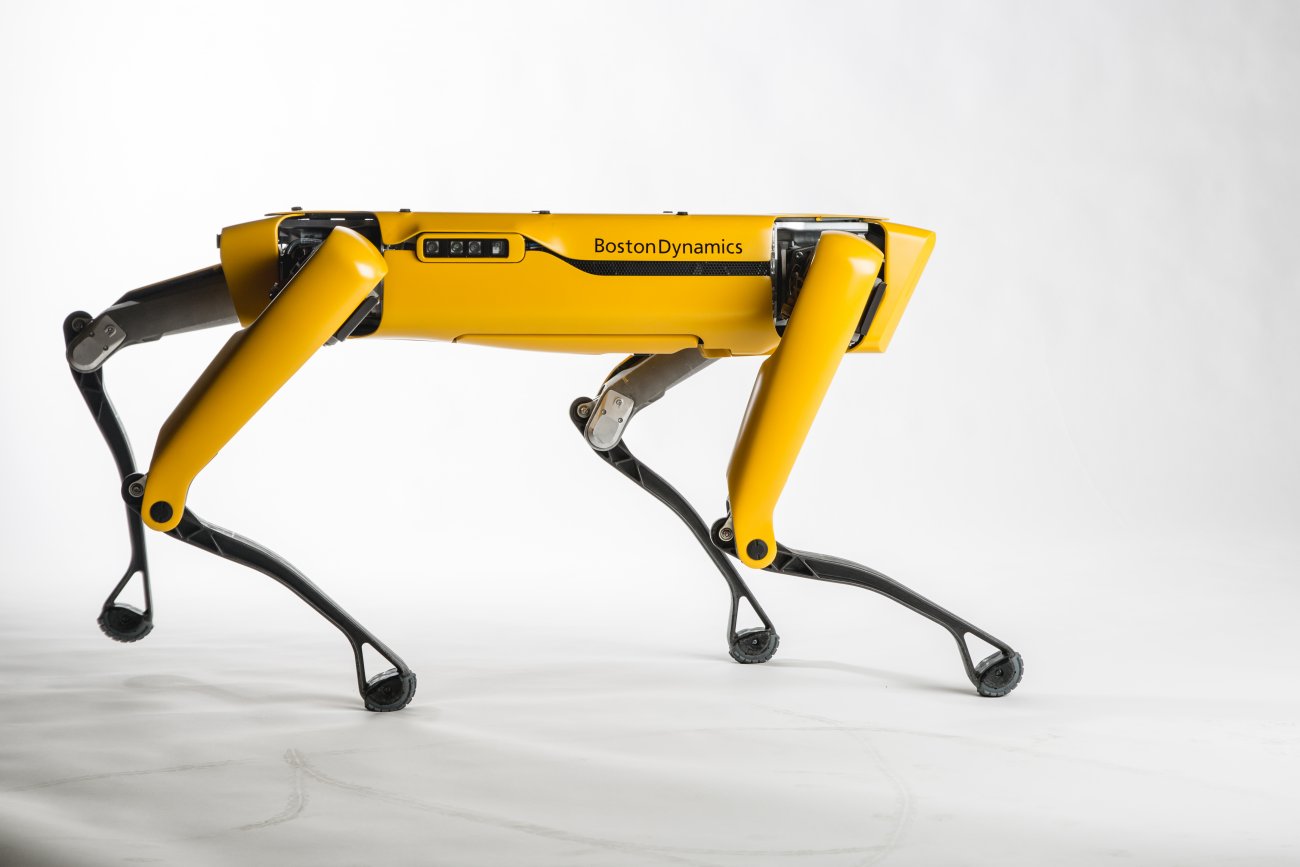Boston Dynamics’ robot dog Spot is going on sale for the first time

It will only be sold to “select early customers” for use in construction sites, in gas and power plants, and for public safety.
The news: Boston Dynamics has started selling its four-legged Spot robot, but you probably won’t be able to get your hands on one—yet. The company is only going to sell the robot to companies that can put it to practical use and develop custom modules that can be attached to its back to help perform specific tasks. It’s the reverse of the traditional sales process: firms need to send pitches to Boston Dynamics, which it will then assess them for suitability.
Why? Boston Dynamics only has 20 of the robots available right now, but it’s hoping to manufacture about 1,000 for use out in the field. So it has to be very choosy about who gets one. It hasn’t disclosed how much they will cost.
How could Spot be used? It could check for gas leaks using methane sensors, map the interior of a building with a lidar module, or even open doors using its arm. The robot is designed to withstand rain, so it can work outdoors, too. The product launch page shows off its capabilities: it can run at 1.6 meters per second, has 360-degree cameras, and can operate in temperatures ranging from 4 to 113 °F.
One catch: As The Verge explains, Spot was not designed to interact with or work around humans, and people were advised to give it a wide berth during tests. Until it is made safer, it’s unlikely we’ll see it wandering around in the wild. It’s also not quite as capable as Boston Dynamics’ slick PR videos suggest: it’s still a long way from being fully autonomous (which might reassure anyone who has watched the Metalhead episode of Black Mirror).
Read next: This is how the robot uprising finally begins.
Sign up here for our daily newsletter The Download to get your dose of the latest must-read news from the world of emerging tech.
Deep Dive
Artificial intelligence
Large language models can do jaw-dropping things. But nobody knows exactly why.
And that's a problem. Figuring it out is one of the biggest scientific puzzles of our time and a crucial step towards controlling more powerful future models.
Google DeepMind’s new generative model makes Super Mario–like games from scratch
Genie learns how to control games by watching hours and hours of video. It could help train next-gen robots too.
What’s next for generative video
OpenAI's Sora has raised the bar for AI moviemaking. Here are four things to bear in mind as we wrap our heads around what's coming.
Stay connected
Get the latest updates from
MIT Technology Review
Discover special offers, top stories, upcoming events, and more.